In recent years, many question marks have been hanging over the Lightning connector in iPhones. It is not at all clear which direction Apple will go in the end and whether his plans will actually succeed, as the EU is trying to interfere strongly with them with its goal of unifying charging ports. After all, even without the EU campaign, one and the same thing is being discussed among Apple fans, or whether the iPhone will switch to the more modern USB-C. The Cupertino giant has already bet on the mentioned USB-C connector for its laptops and some tablets, but in the case of phones it sticks to the relatively outdated standard tooth and nail.
It could be interest you

The Lightning connector has been with us for almost 10 years, or since the iPhone 5, which was introduced to the world in September 2012. Despite its age, Apple does not want to give it up, and it has its reasons. It is Lightning that is significantly more durable than the competition in the form of USB-C and, in addition, it generates considerable profit for the company. Any accessory using this connector should properly have the official MFi or Made for iPhone certification, but Apple manufacturers must pay licensing fees to obtain it. For this reason, it is logical that the Cupertino giant does not want to leave such "easily earned money".
MagSafe or a potential replacement for Lightning
When the new iPhone 2020 was introduced in 12, it brought with it an interesting novelty in the form of MagSafe. Newer iPhones thus have a series of magnets located on their backs, which subsequently take care of attaching covers, accessories (eg MagSafe Battery Pack) or "wireless" charging. From a charging point of view, this standard now seems unnecessary. In fact, it is not wireless at all, and compared to a traditional cable, it may not make much sense. Quite possibly, however, Apple has much higher plans for it. After all, this was also confirmed by some patents.
Speculations began to spread in the Apple community that in the future MagSafe will be used not only for charging, but also for data synchronization, thanks to which it would be able to completely replace Lightning and accelerate the arrival of the portless iPhone, which Apple has been dreaming of for a long time.
The EU hates Apple's plans
However, as we mentioned above, the EU is trying to throw a pitchfork into Apple's entire effort, so to speak. For years, he has been lobbying for the introduction of USB-C as a unified charging connector, which, according to possible legislation, should appear in laptops, phones, cameras, tablets, headphones, game consoles, speakers and others. So Apple has only two options - either move and bring a revolution with the help of proprietary MagSafe technology, or give in and actually switch to USB-C. Unfortunately, neither is simple. Since possible legislative changes have been discussed since 2018, it can be concluded that Apple has been dealing with a certain alternative and a possible solution for several years.

To make matters worse, another obstacle comes. Leaving the current dilemma aside, one thing is clear to us already – MagSafe has the potential to become a full-fledged alternative to Lightning, which could bring us a portless iPhone with theoretically better water resistance. But the members of the European Parliament see it a little differently and are preparing to intervene in the field of wireless charging, which should switch to a uniform standard from 2026 with the aim of preventing fragmentation and reducing waste. Of course, it is clear that in this regard the Qi standard is taken into account, which is supported by almost all modern phones, including those from Apple. But what will happen with MagSafe is a question. Although this technology is based on Qi at its core, it brings a number of modifications. So is it possible that the EU will also cut this possible alternative, which Apple has been working on for years?
Kuo: iPhone with USB-C
In addition, according to current speculation, it looks like Apple will finally submit to other authorities. The entire apple world was surprised this week by respected analyst Ming-Chi Kuo, who is considered by the community to be one of the most accurate leakers. He came up with a rather interesting statement. Apple will reportedly get rid of its Lightning charging connector after years and replace it with USB-C on the iPhone 15, which will be introduced in the second half of 2023. Pressure from the EU is cited as the reason why the Cupertino giant should suddenly turn around. Would you like to switch to USB-C or are you comfortable with Lightning instead?
It could be interest you
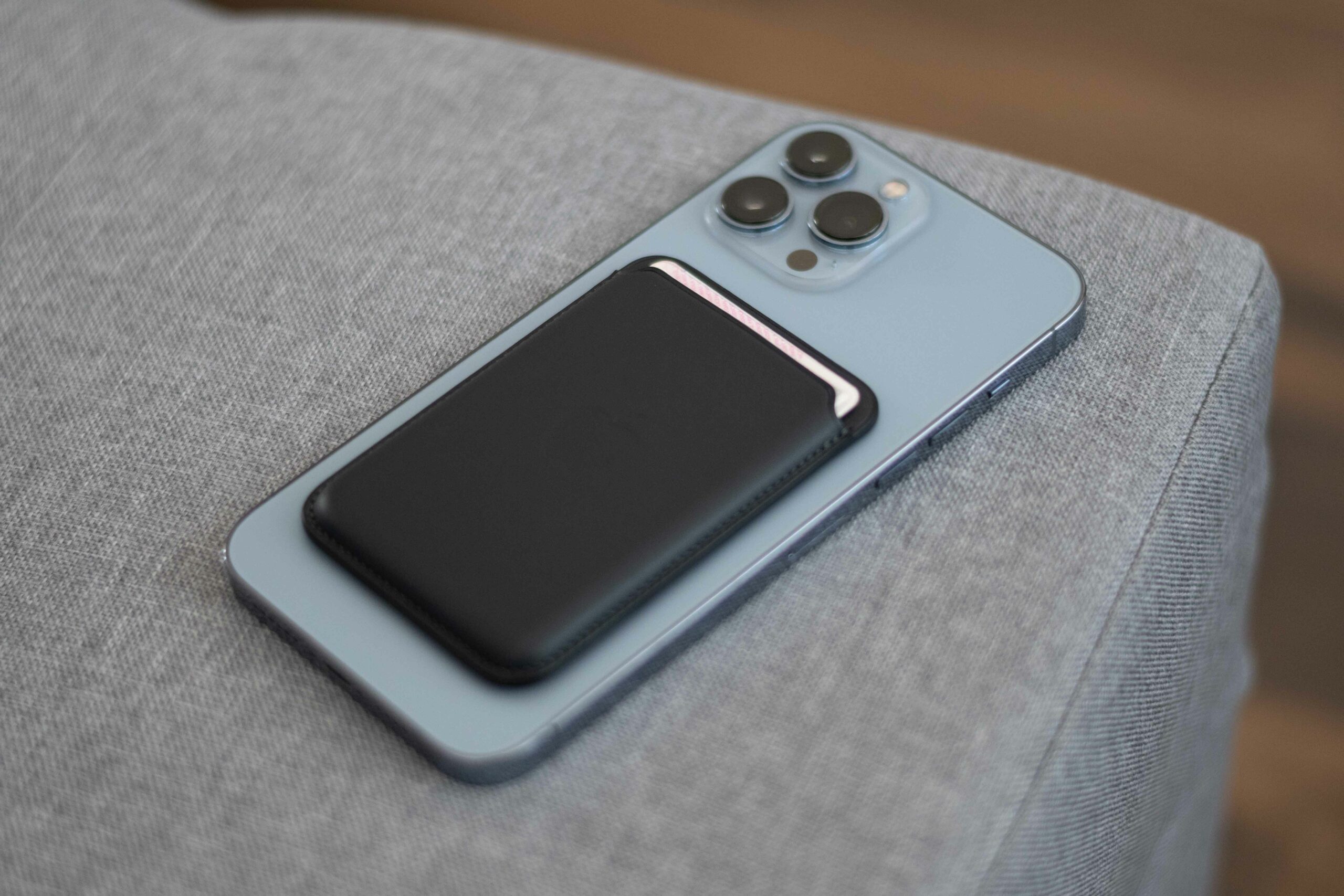
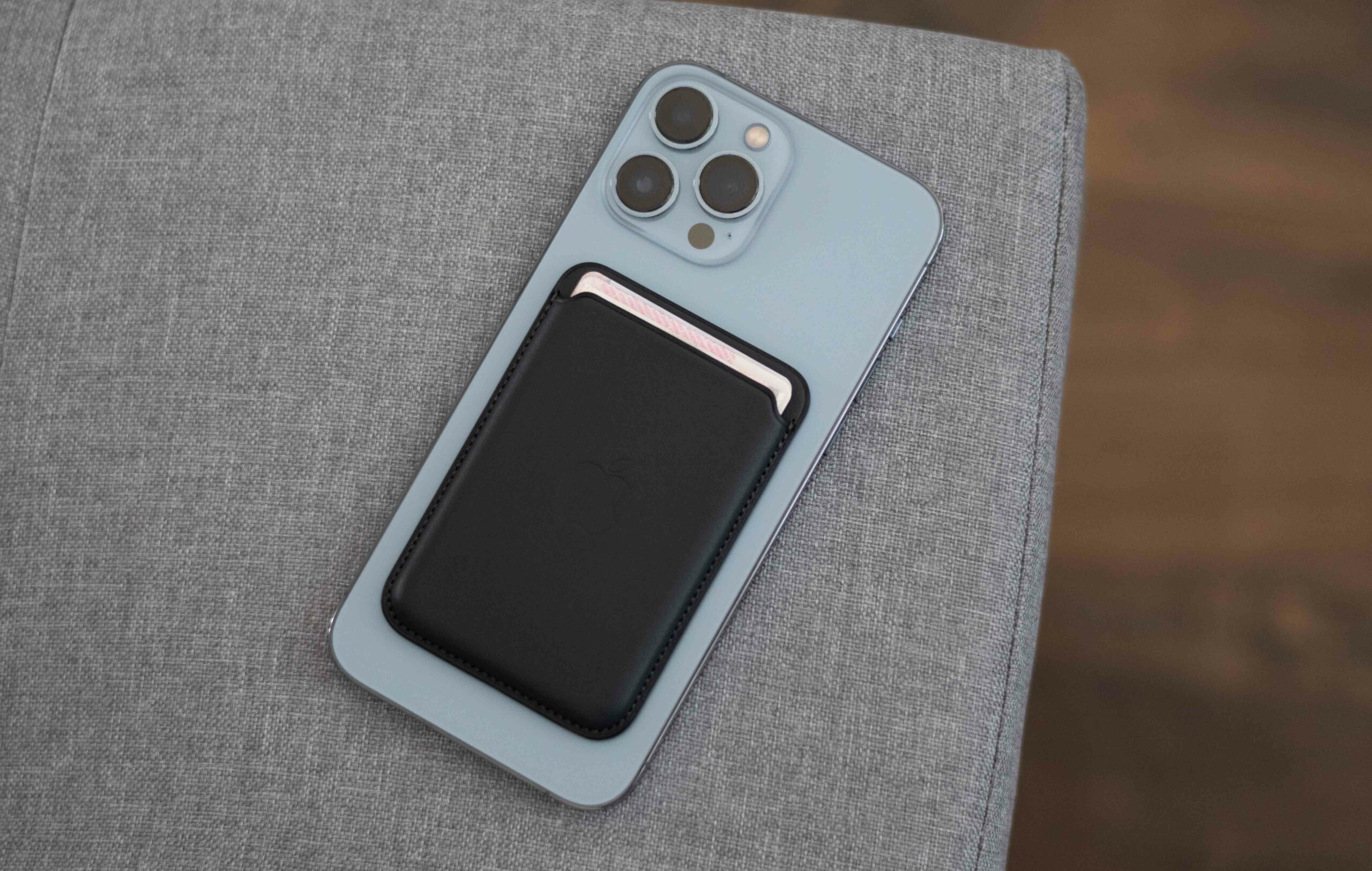
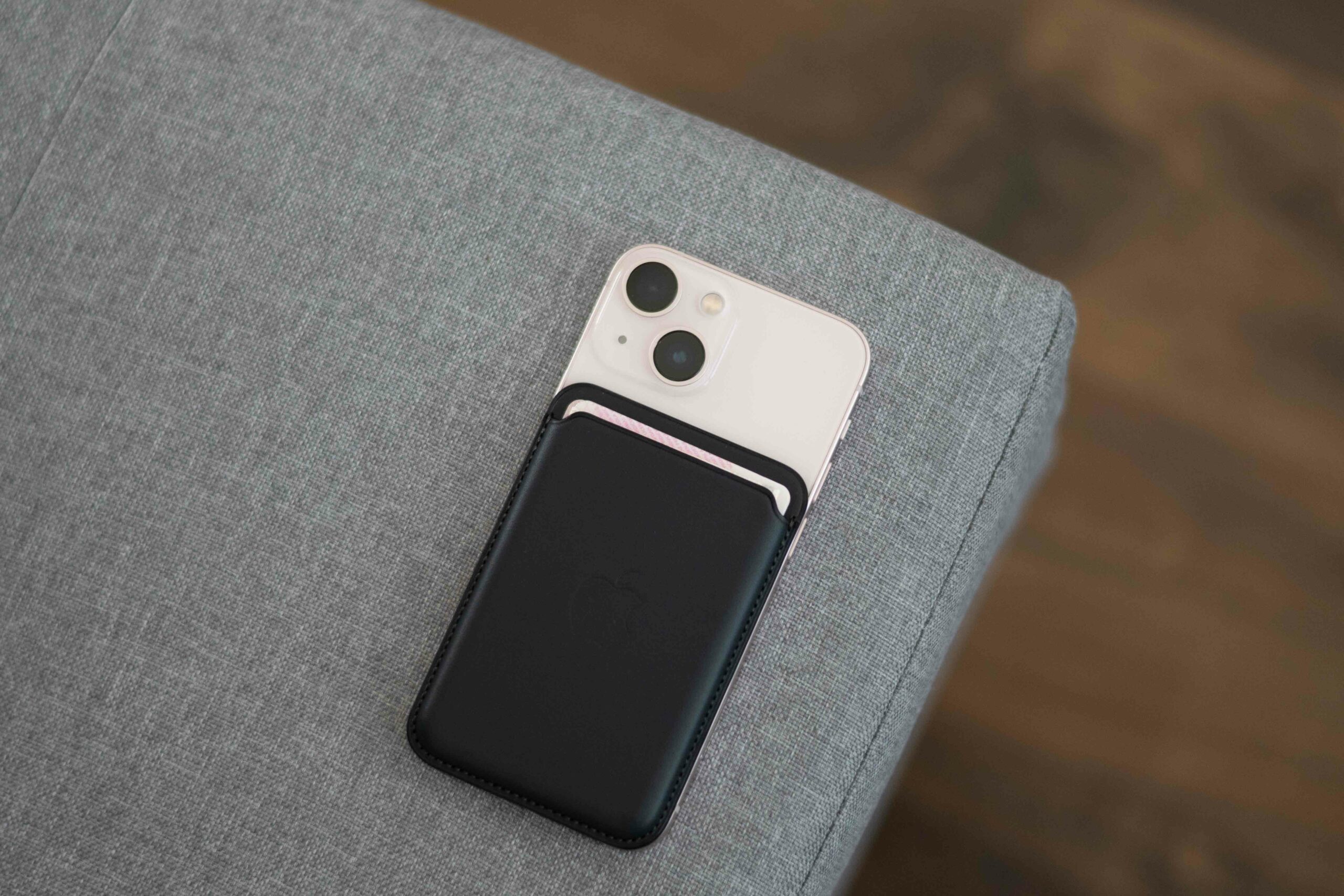

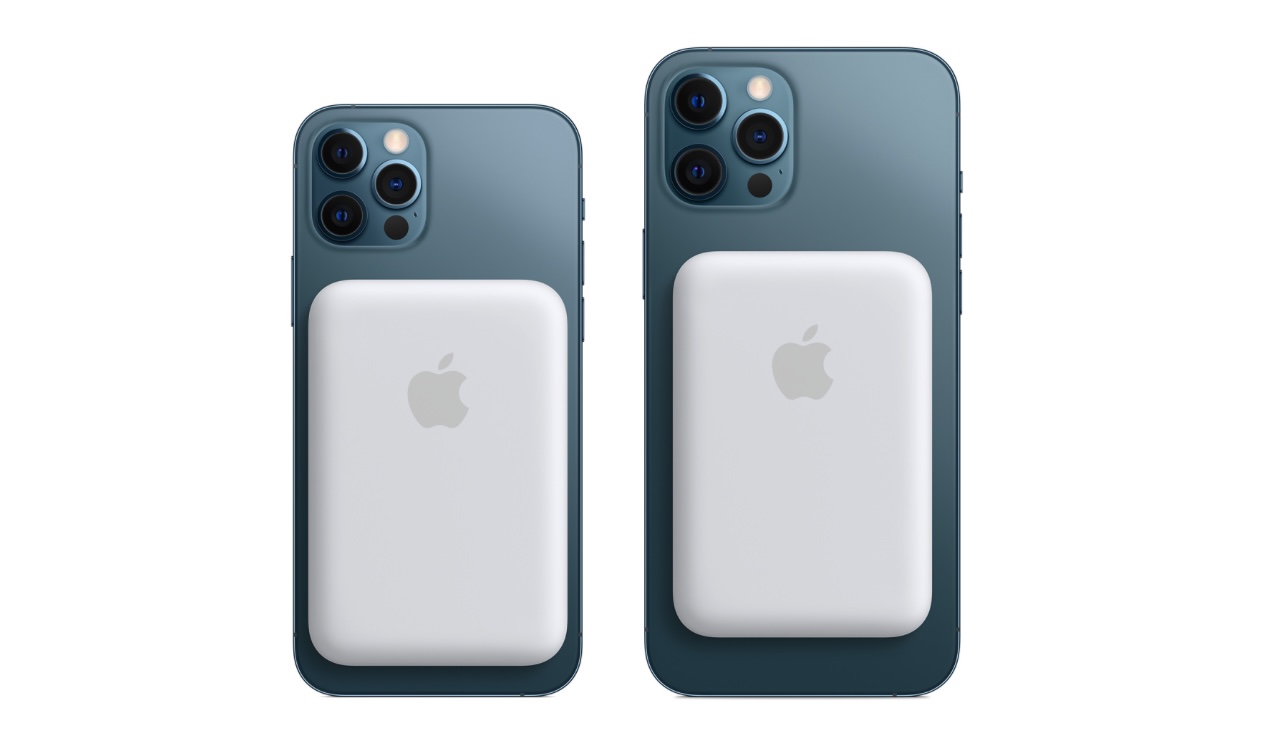
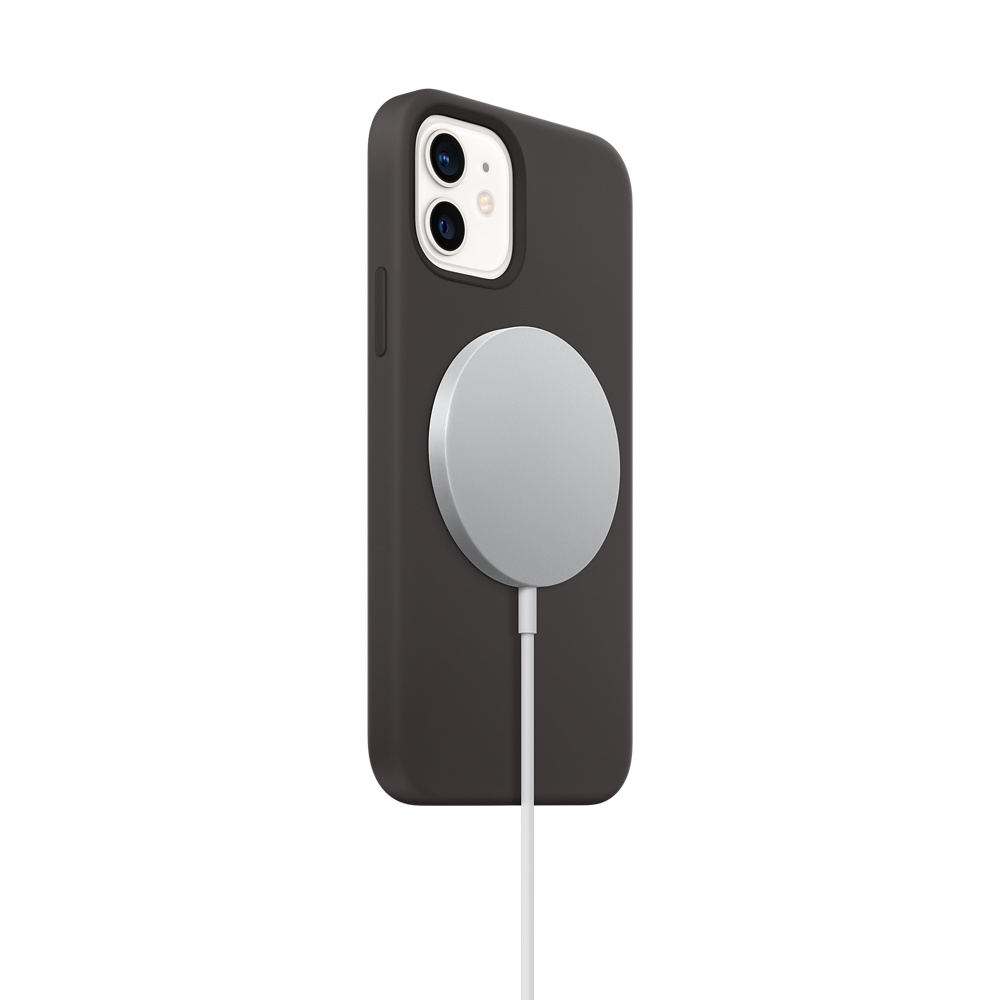
 Adam Kos
Adam Kos